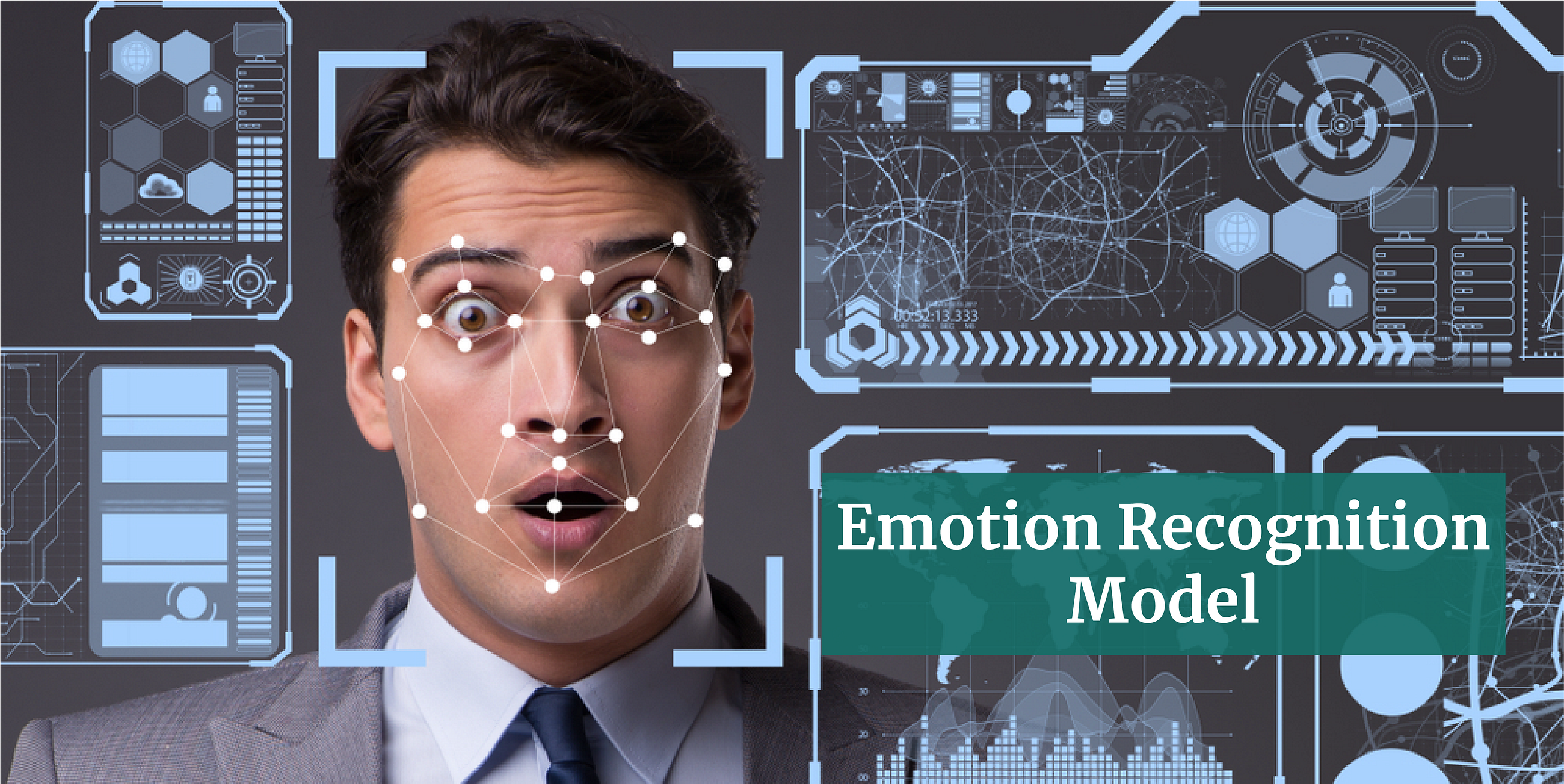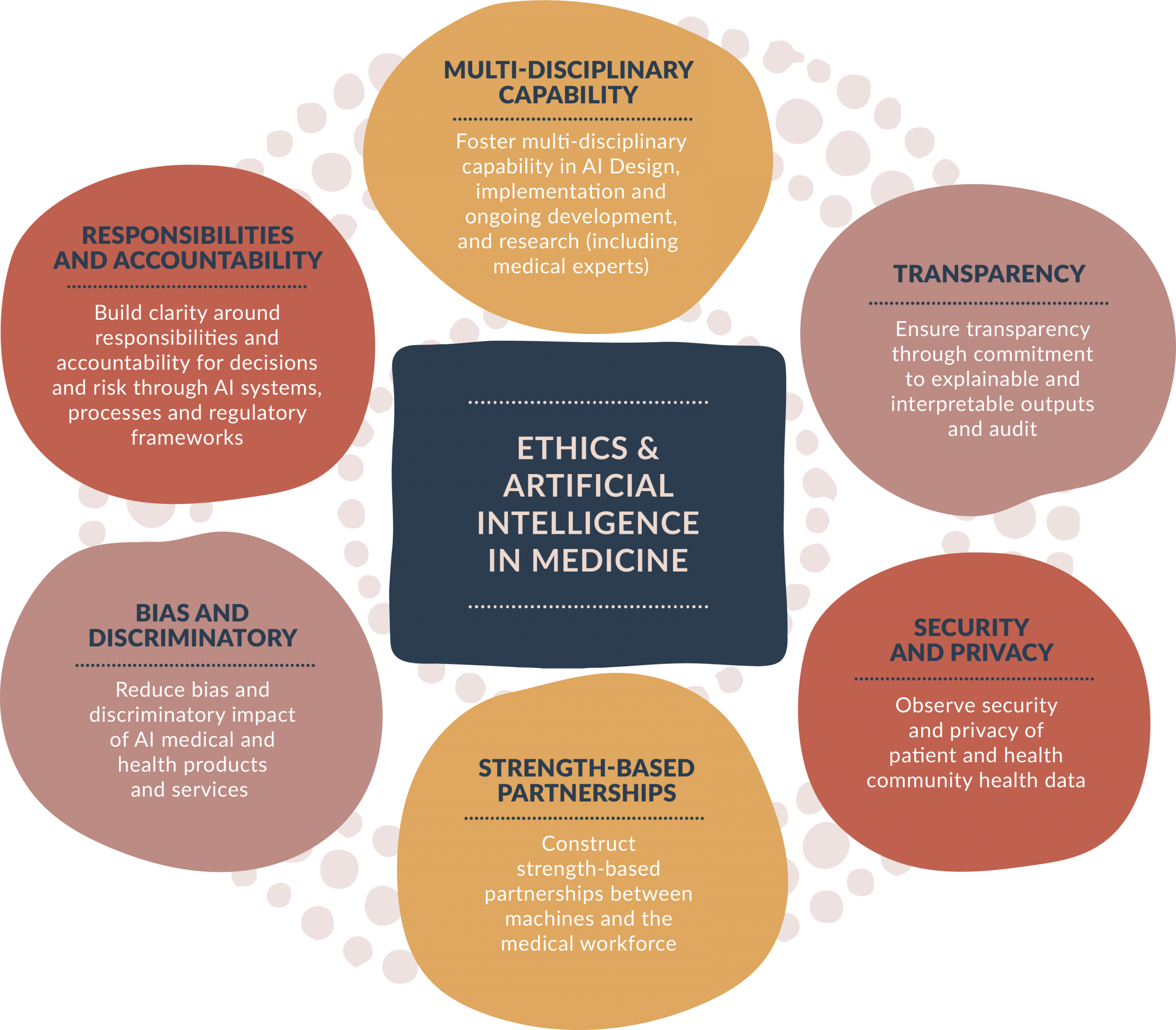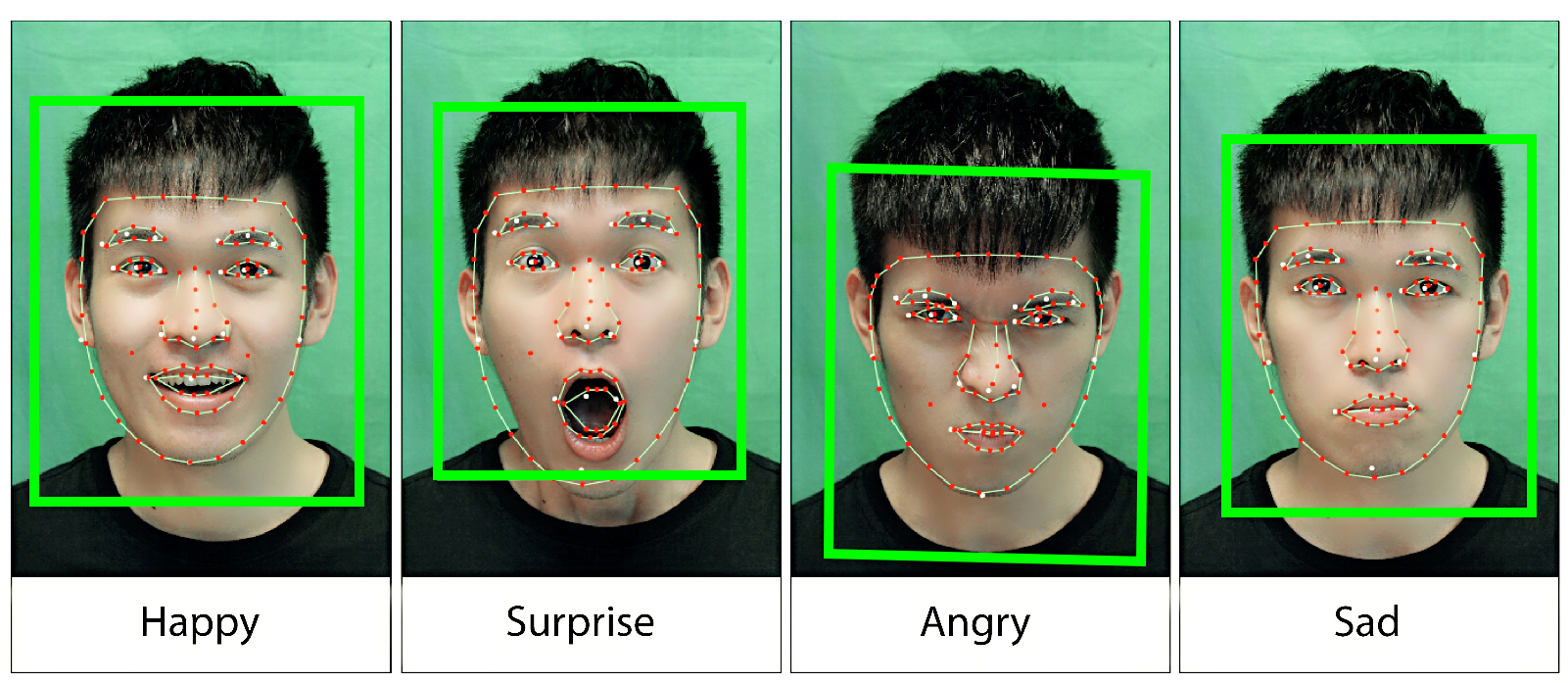Facial Emotion Recognition And Detection Presentation
| Introduction | ||
|---|---|---|
| Facial emotion recognition and detection is a technology that analyzes facial expressions to identify and understand human emotions. It has applications in various fields such as psychology, marketing, human-computer interaction, and security. This presentation will explore the importance, methods, and challenges of facial emotion recognition and detection. | ||
| 1 | ||
| Importance of Facial Emotion Recognition | ||
|---|---|---|
| Facial expressions are a fundamental part of human communication, conveying emotions and intentions. Understanding facial emotions can help improve human-computer interaction by enabling machines to respond appropriately. Emotion recognition has significant applications in healthcare, where it can aid in diagnosing mental health disorders. | ||
| 2 | ||
| Methodologies for Facial Emotion Recognition | ||
|---|---|---|
| The feature-based approach involves extracting key features from facial images, such as facial landmarks and texture patterns. Machine learning algorithms, such as Support Vector Machines (SVM) and Convolutional Neural Networks (CNN), are commonly used for emotion classification. Deep learning models, like Facial Action Coding System (FACS), can accurately detect and classify facial expressions. | ||
| 3 | ||
| Facial Expression Analysis Techniques | ||
|---|---|---|
| Facial action coding is a method that identifies specific facial muscle movements, known as action units, to infer emotional states. Facial landmark detection tracks key points on the face, such as the corners of the mouth and eyes, to analyze facial expressions. Image-based analysis techniques use computer vision algorithms to analyze the overall facial expression without focusing on specific features. | ||
| 4 | ||
| Challenges in Facial Emotion Recognition | ||
|---|---|---|
| Variability in facial expressions across individuals, cultures, and ages poses a challenge for accurate emotion detection. Environmental factors, such as lighting conditions and camera angles, can impact the quality and reliability of facial emotion recognition systems. Overcoming occlusion, where certain parts of the face are hidden, is another challenge faced in facial emotion detection. | ||
| 5 | ||
| Applications of Facial Emotion Recognition | ||
|---|---|---|
| In marketing, facial emotion recognition can help understand consumer reactions to advertisements and product designs. Facial emotion recognition can enhance virtual reality experiences by adapting the virtual environment based on the user's emotions. Security systems can use facial emotion detection to identify suspicious or abnormal behaviors in public places. | ||
| 6 | ||
| Ethical Considerations | ||
|---|---|---|
| Privacy concerns arise when facial emotion recognition is used without consent or knowledge of individuals. Bias in emotion recognition systems can lead to unfair treatment or discrimination based on race, gender, or age. Transparent and accountable practices, such as clear data usage policies, are essential to address ethical implications. | ||
| 7 | ||
| Limitations of Facial Emotion Recognition | ||
|---|---|---|
| Facial emotion recognition systems can experience difficulties in accurately detecting complex emotions like sarcasm or irony. The reliability and generalizability of emotion recognition algorithms may vary across different datasets and populations. Emotions expressed non-verbally, such as through body language or tone of voice, may not be captured solely through facial analysis. | ||
| 8 | ||
| Future Trends and Advancements | ||
|---|---|---|
| Multimodal emotion recognition, combining facial analysis with speech and physiological signals, can provide more accurate emotion detection. Real-time emotion recognition systems will become more prevalent, enabling instant feedback and interaction. Advancements in artificial intelligence and deep learning will continue to improve the accuracy and robustness of facial emotion recognition. | ||
| 9 | ||
| Conclusion | ||
|---|---|---|
| Facial emotion recognition and detection technology has significant potential in various fields, revolutionizing human-computer interaction and improving understanding of human emotions. Ethical considerations, limitations, and ongoing advancements must be carefully addressed to ensure the responsible and effective use of this technology. Your third bullet | ||
| 10 | ||
| References (download PPTX file for details) | ||
|---|---|---|
| Ekman, P., & Rosenberg, E. L. (1997). What th... Liang, X., & Zhang, G. (2019). Facial emotion... Kaltwang, S., Todorovic, S., & Pantic, M. (20... |  | |
| 11 | ||









